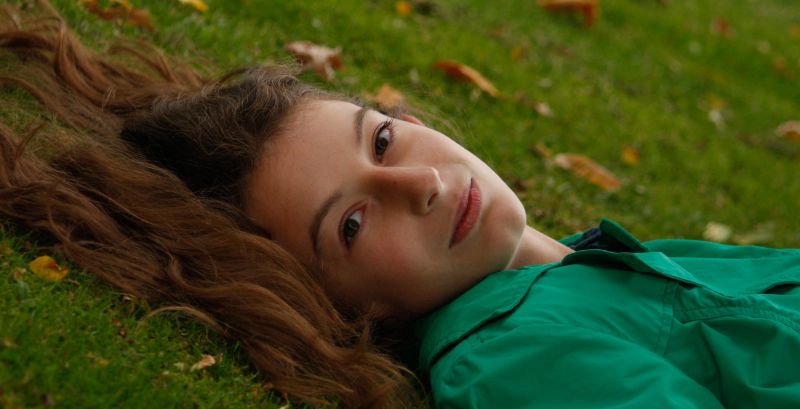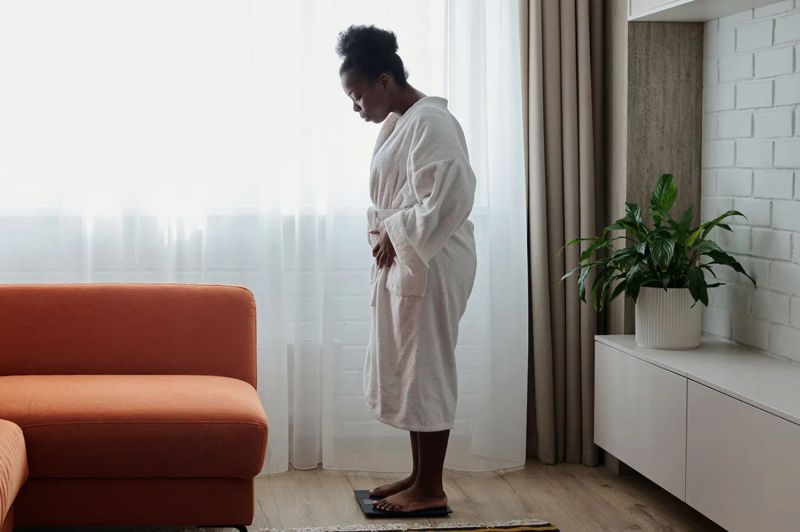
The old saying ‘the early bird catches the worm’ might be especially fitting when it comes to peak mental and physical performance.

By Dr. Elise Facer-Childs
Research fellow in sleep, circadian rhythms and neuroimaging
Monash University
Whether you’re a morning person or love burning the midnight oil, we’re all controlled by so-called “body clocks”. These body clocks (which regulate our circadian rhythms) are inside almost every cell in the body and control when we feel awake and tired during a 24-hour period. But as it turns out, our latest study found that our body clocks have a much bigger impact on us than we previously realised. In fact, our body clocks actually effect how well a person performs on both mental and physical tasks.
Our circadian rhythms are controlled by the brain’s suprachiasmatic nucleus, which detects light. When cells in your eyes register that it’s dark outside, they send these signals to the suprachiasmatic nucleus. It then releases the hormone melatonin, which makes you feel tired.
Your chronotype is another factor that determines how your biological clocks affect your daily behaviours. For example, early chronotypes (“morning larks”) rise early and are most active in the morning, but feel tired late in the afternoon or early evening. Late chronotypes (“night owls”) are tired during the morning, but feel awake in the evening.
These individuals differences may also be seen in multiple other physiological, behavioural and genetic rhythms that happen over a near 24-hour period. For example, chronotype determines the time melatonin is released. For morning larks, melatonin can rise around 6pm, making them feel tired by 9pm or 10pm. For night owls, melatonin can increase at 10pm/11pm or even later, meaning many aren’t tired until 2am or 3am.
Genetics can determine your body clock type, but it’s also largely influenced by schedule and lifestyle. It also changes over your lifetime. People tend to be larks during the first ten years of their life, then shift towards night owls during adolescence and their early twenties. By the time you’re 60, you’ll probably have similar sleeping patterns to when you were ten. However, even with these lifetime changes, the factors that determine your chronotype are unique to every individual.
Peak Performance and the Body Clock
Our study recruited 56 healthy people and asked them to perform a series of cognitive tasks (to measure reaction time and their ability to plan and process information), and a physical task to measure their maximum grip strength. The tests were completed at three different times between 8am and 8pm to see how an person’s performance varied throughout the day. Our results showed peak performance differed significantly between larks and owls.
Larks performed best earlier in the day (8am in cognitive tasks and 2pm in physical tasks), and were 7% to 8% better than night owls at these times. Night owls performed best at 8pm in both cognitive and physical tasks. Grip strength was found to be significantly better during the evening for owls by 3.7% compared to larks.
Peak performance was also related to the number of hours it takes for you to perform your best after waking up. Larks performed their best in cognitive tasks immediately after waking up, and seven hours after waking up in the physical task. Night owls performed best in all tasks around 12 hours after waking up.
When it comes to elite performance, athletes are striving for minute gains where a winning margin can be narrow. For example, at the 2016 Olympics, if the last placed competitor in the men’s 100m sprint had run 0.25 seconds faster, he would’ve beaten Usain Bolt.

Our previous research found that being a morning lark or a night owl is a key contributor in the timing of peak individual and team athletic performance.
Our new study shows that compared to larks, night owls are significantly sleepier in the morning, making their reaction time slower by 8.4%. They’re also 7.4% weaker (using a maximum grip strength test) than their morning lark counterparts.
Night owls also seem to show a larger variation in peak performance throughout the day, suggesting they may be more sensitive to time-of-day changes than larks. For example, a night owl competing against a morning lark at 8am would be more impaired than a lark competing against a night owl at 8pm.
However, other things, like travelling, can also affect performance. Moving across time zones de-synchronises our body clocks, which need a chance to adjust. People that constantly change their sleeping patterns may experience “social jetlag”, which impairs performance too.
Since athletic success depends on the smallest margins, understanding precisely what time peak performance is likely could mean the difference between winning a gold medal or finishing in last place. Our study found that overall, morning larks tended to perform better earlier in the day, and night owls performed better later in the evening.
Knowing just how much our body clock affects us could be useful even in our everyday life. It can help us understand more about how we can gain maximum productivity in business or the best academic performance in school.
The typical structure of our society greatly favours larks over owls. Since our typical working day doesn’t let night owls follow their preferred sleep and wake patterns, maybe it’s time we start thinking about being more flexible.
Originally published by The Conversation, 12.18.2018, under the terms of a Creative Commons Attribution/No derivatives license.







